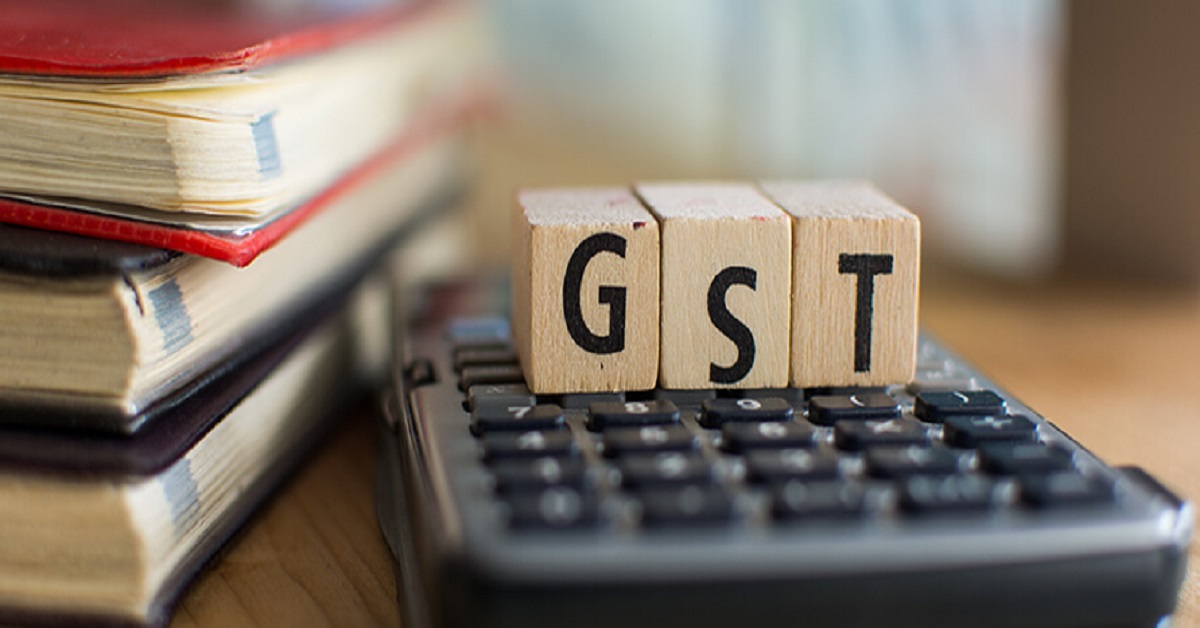
GST is viewed as the most revolutionary reform taken by the country in the recent times, even bigger than Demonetisation. It has also made the process of any supply-chain imbalance or price increase easy to explain as virtually all economic problems in the aftermath are being attributed to GST.
GST was never expected to be simple but the aftermath of the implementation saw people suffering a lot because of the lack of knowledge regarding GST. Many businessmen had to go through stressful periods.
For instance, while the rate fixation panel did consider the rate nearest to the summation of excise and VAT rates for all products, it did not occur to anyone that for consumers, excise duty has largely been an invisible tax as it was always embedded in the price. The only visible tax to consumers was the VAT, which was levied at 12% or so, hence when people came to know that GST on shampoo or body wash was 28%, it was perceived to be too high.
Perceptions need to be managed well even in case of tax reforms, thus many rates had to be brought down to 18%, despite higher rates in the pre-GST era. That led to the need to enforce the anti-profiteering provisions, which led to the next round of pricing and compliance challenges for business!
The technology hiccups that the GST portal faced, leading to multiple return filing extensions, made it very difficult for businesses that were already grappling with new rules and rates. Although this was more of a technology issue, which could happen to any portal in its initial phase, optically it was attributed to GST, as policies, rates, procedure, returns, technology, etc, all were bundled together in the people’s minds.
GST has undoubtedly raised the cortisol and adrenaline levels of all businesses and one major beneficiary would certainly be the healthcare sector! Making GST a ‘glorious simple tax’ or a ‘growth stimulating tax’ or a ‘growing & sustainable tax’ involves making some changes in the policies and processes so that over a period of time, we are able to have a ‘grand single tax’, like many other countries. The forthcoming meeting of the GST Council on January 18, which precedes the Budget on February 1, provides an opportunity to set the stage for some further changes, which would enable us to move to a ‘grand single tax’ over a period of time.
It is necessary to broaden the GST framework by including all petroleum products, real estate and electricity – this would have not only the effect of expanding coverage, but also lead to a more broader acceptability of the tax without any need for exclusion of certain products/sectors or inputs and outputs suffering different taxes. It is equally necessary to remove the few restrictions that exist even now on claiming input tax credits on certain types of expenses so that the term seamless credit is not confined to tax lexicon alone. The need for a simplified portal with few screens, essential details of sales/purchases only, automated computations, drop-downs in case of all optional fields, etc, is paramount. The complexity of the portal has impeded the acceptability of GST as a necessary reform.
Combining the three-stage return filing process and ensuring that invoice matching happens at the back-end of the portal could lead to better compliance by taxpayers. It may be advisable to operationalise the portal module-wise after each module has been adequately tested with representative live data and various modules can be launched as per a pre-agreed timetable. Fewer rates mean lesser classification issues and more clarity; there should be a road map for achieving a two-tier rate structure over a period of time. It would also be a good idea to initially focus on expanding the taxpayer base registered under GST by making it simpler for business, especially SME’s by keeping interest and penalty provisions at bay for the first year. It is also essential to have a sunset clause for completion of assessments and audits under the erstwhile taxes such as excise, service tax and VAT as most businesses would have the same set of personnel dealing with both these taxes and GST.
Over the past one year, all stakeholders involved in GST, including the government, have put in significant efforts in making it a reform which other countries would want to emulate. It is now necessary to leverage these efforts and remove the challenges for business and have a roadmap to realize the vision of a ‘grand single tax’.

Post Your Comments